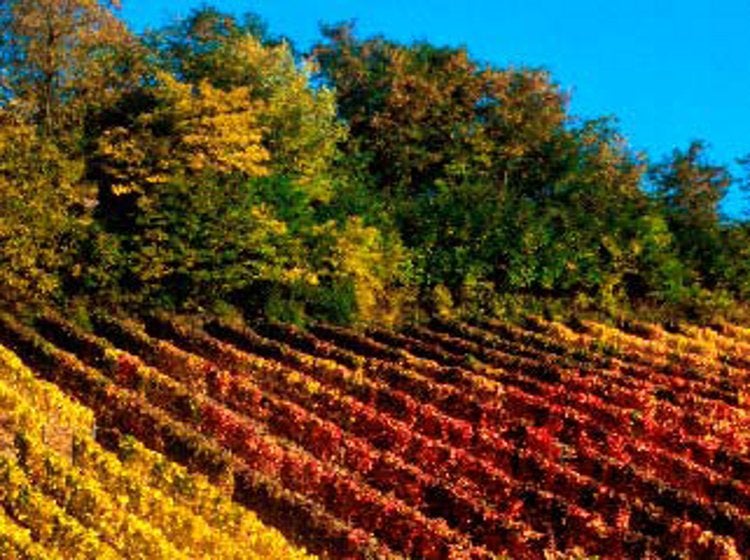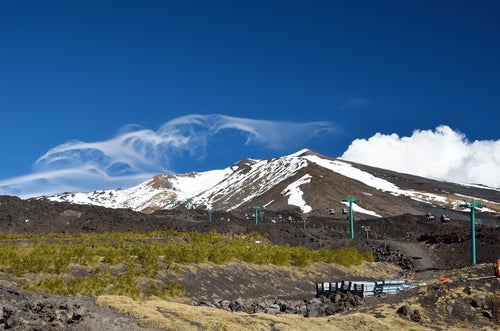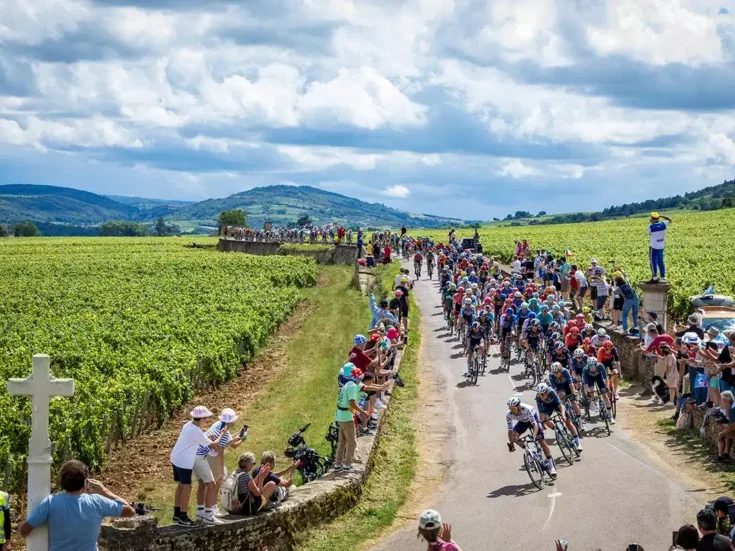
Climatically, 2007 was one of the most curious Burgundy vintages in recent years. Burgundy had its spring in February and March, its summer in April, and miserable weather thereafter until the days finally turned warm and sunny again in early September. What seemed a disaster was rescued at the last minute.
Opinions were doubtful at the outset but, as the wines have developed in cask, growers are becoming more optimistic. It was a short year, but we may find some unexpectedly good wines.
The winter of 2006/2007, apart from a cold snap in the last week of January, was hardly a winter at all. It was also dry. The mild weather continued, leading to a very early bud-break, and growth was further encouraged by the warmest April in living memory, with temperatures frequently in the upper 20sC (75ºF and above). But once May arrived, a long period of cold, miserable, and very rainy conditions prevailed throughout the next four months, only intermittently interrupted by the odd day of sunshine.
The result, inevitably, was widepread mildew and rot. At the outset, the yields looked promising, but it became increasingly obvious that 2007 was going to be a much reduced crop. Of all the months, August — the most important from the quality point of view — was the least warm, if not the rainiest.
So expectations on September 1st were low. "It’s going to take a miracle," said one grower, "even to produce something drinkable." But then the weather changed. It was not that we suddenly had high temperatures, but the clouds, for the most part, disappeared, and it was dry. And it steadily warmed up throughout the month, making for one of the finest Autumns I have ever experienced. The leaves remained on the trees, becoming ever more beautiful to look at, and not fading until the first frost arrived in the middle of November.
But of course most of this was lost from the wine-maker’s point of view. The thin skins of the Pinot Noir, and the thinnish skins of the Chardonnay, plus the precocity of the year, meant that the fruit was more or less ripe the first week of September, so most could not benefit from this splendid arrière saison. If only they could have been picked in October!
But those who had done the job properly in the vineyard, if they had the courage, could wait — at least a little. Where crops had been restrained, where ploughing had replaced herbicide use (aiding water drainage), where greenharvesting had eliminated the rotten bunches, and above all chez those who were prepared meticulously to sort through the fruit, both in the vineyard prior to the harvest and then after the picking on the sorting tables, the growers were at least able to vinify only ripe, healthy fruit. It was, in contrast to 2006, a vintage to pick late. Those who waited benefited immensely.
Nevertheless, even among the top domaines, which one can count on to be perfectionist, faces were low when one arrived to sample the 2006s in October and November — with one exception. Already there were quite a few in Gevrey- Chambertin who would be prepared to bet on their 2007s.
As the wines have developed, views have changed. In contrast to 2006, malos seem to be progressing early. I write this article in February, and I have only sampled in a few cellars, but I like what I have tasted, and I have of course spoken widely to the winemakers. Quality in 2007 is, as it should be, inversely proportional to quantity. The time for full (in cask) judgment is next October and November. But I think I can already state that, in red, in the Côte d’Or, we have a vintage that has (at the very least) a little more depth than the 2006s, good tannins, attractive fruit, and agreeable balance. Not 2005, but worth considering.
It is more difficult at this stage to comment on the whites. One cask, not yet sulfur-adjusted, next to one treated the previous week, tastes totally different. But, passing on what I am told by people I trust, it would seem we have good acidities (which the early-harvested 2006s possess) and a little more weight.
Please note that what I have said is pertinent to the top estates. Underneath, I fear, is a lot of wine that is far below your or my consideration. 2007, even more than usual, is an année du vigneron. So: prices? Other things being equal, prices ex-cellars will be the same as for the 2006s. For retail prices in dollars or pounds sterling, you will have to take into account the rate of exchange in early 2009; and I don’t predict any improvement, indeed the reverse. But Burgundy growers will not fix their prices until November, by which time the 2008s will be in their cellars. Should the vintage again be very short, and particularly if it doesn’t seem very promising, the 2007 prices will be raised. Conversely, should 2008 be both magnificent and plentiful, 2007 prices will naturally soften.






